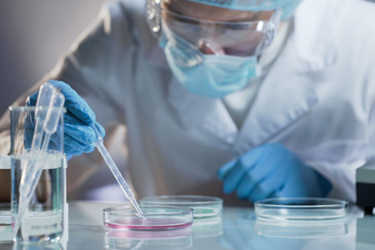The Role Of Allogeneic Treatments In The Future Of Cell Therapy

Allogeneic therapies hold the potential to revolutionize the future of advanced therapies. Developing an autologous therapy is both lengthy and costly. It can take at least six months and cost more than half a million dollars per patient. These factors can severely limit accessibility to these life-saving treatments.
“Off-the-shelf” allogeneic treatments leverage a more standardized and predictable development process, helping to reduce costs and bring therapies to patients in less time. Allogeneic therapies also utilize healthy donor cells as starting material, resulting in better therapeutic outcomes.
However, allogeneic cell therapies still present challenges. It is critical to mitigate risk of immunogenicity during the early development process and ensure karyotype stability through both characterization of your master cell banks and end products. Review considerations for a successful development and manufacturing process and learn how finding an experienced partner can help you overcome hurdles on the path to IND.
Get unlimited access to:
Enter your credentials below to log in. Not yet a member of Cell & Gene? Subscribe today.
